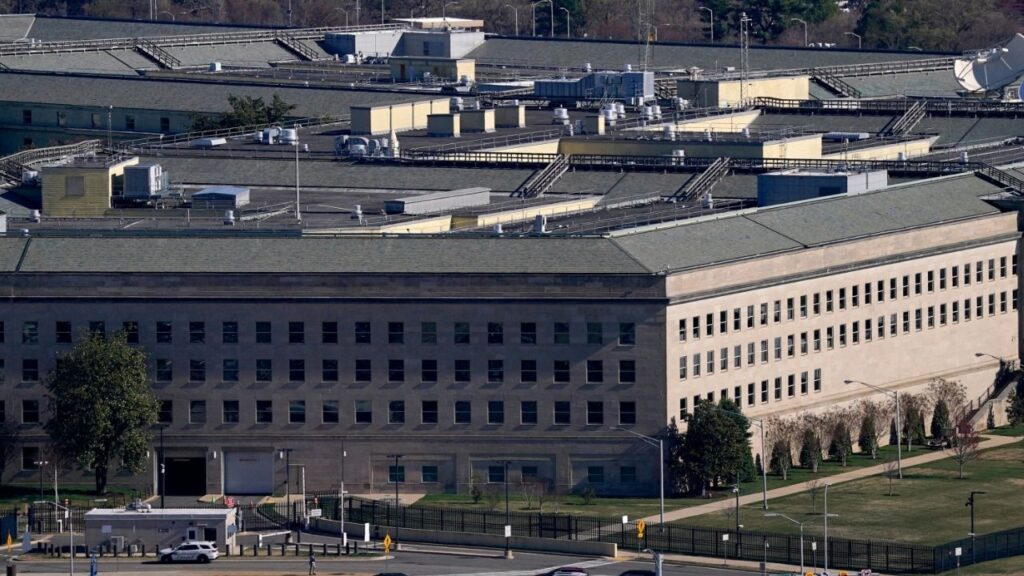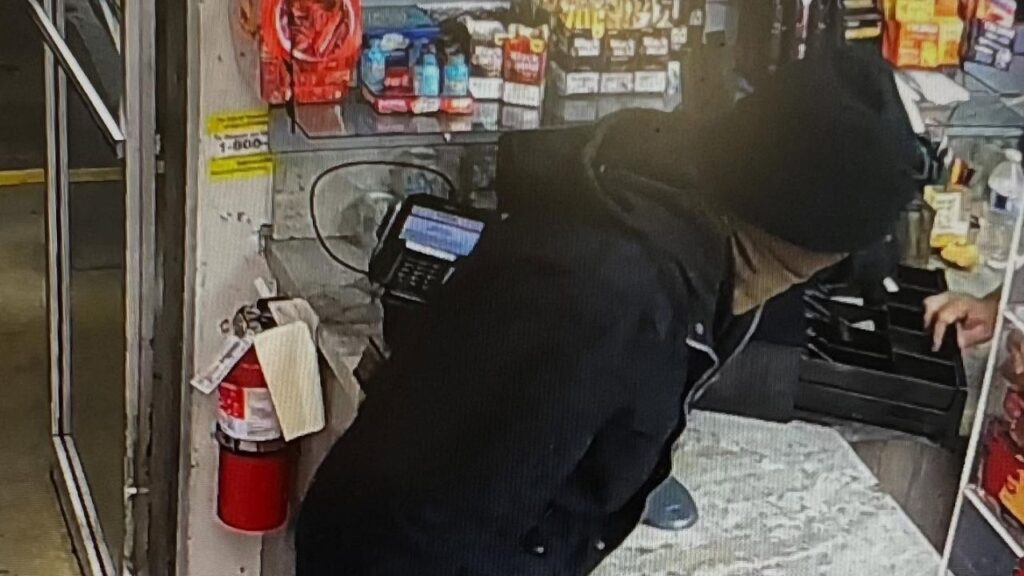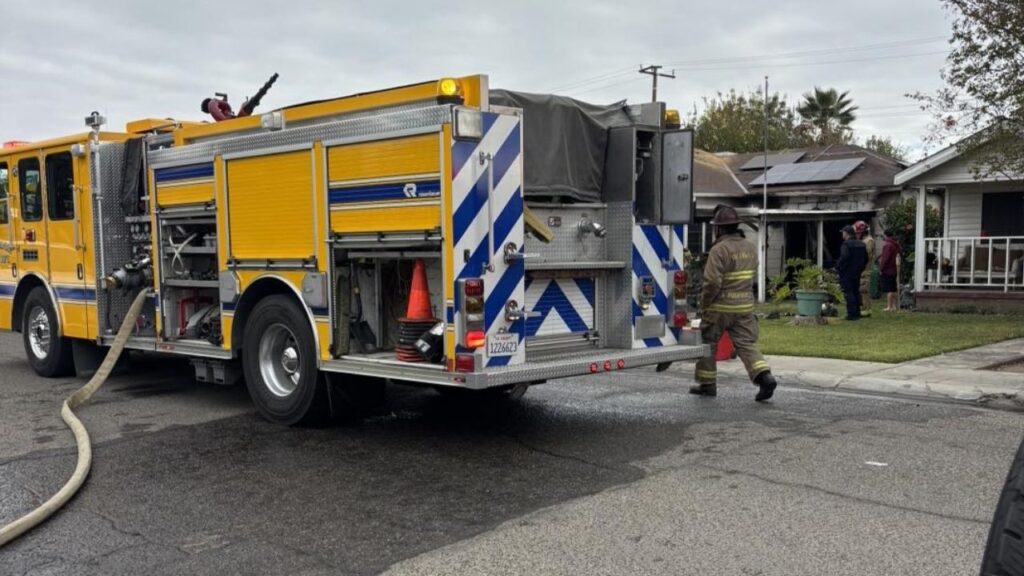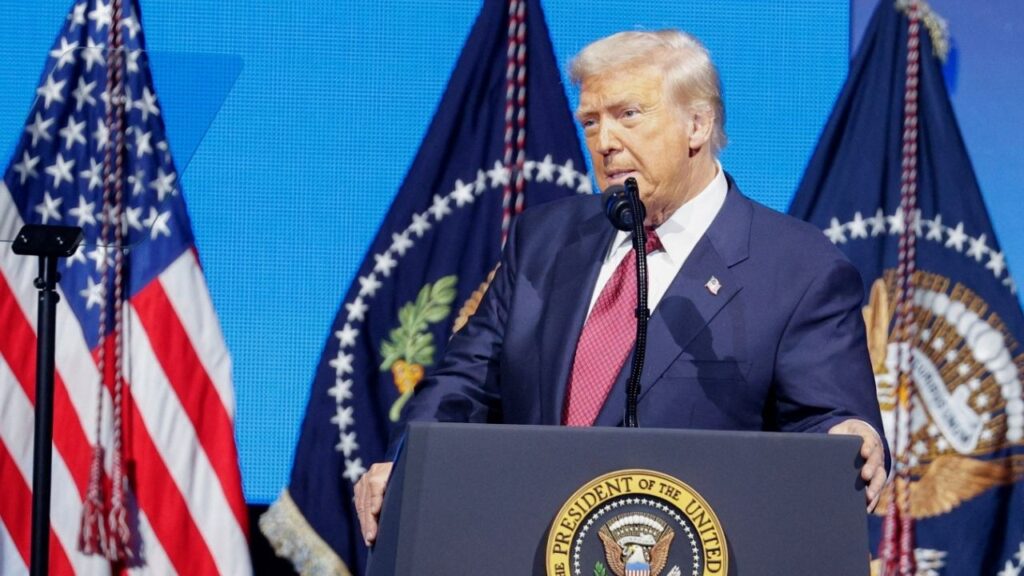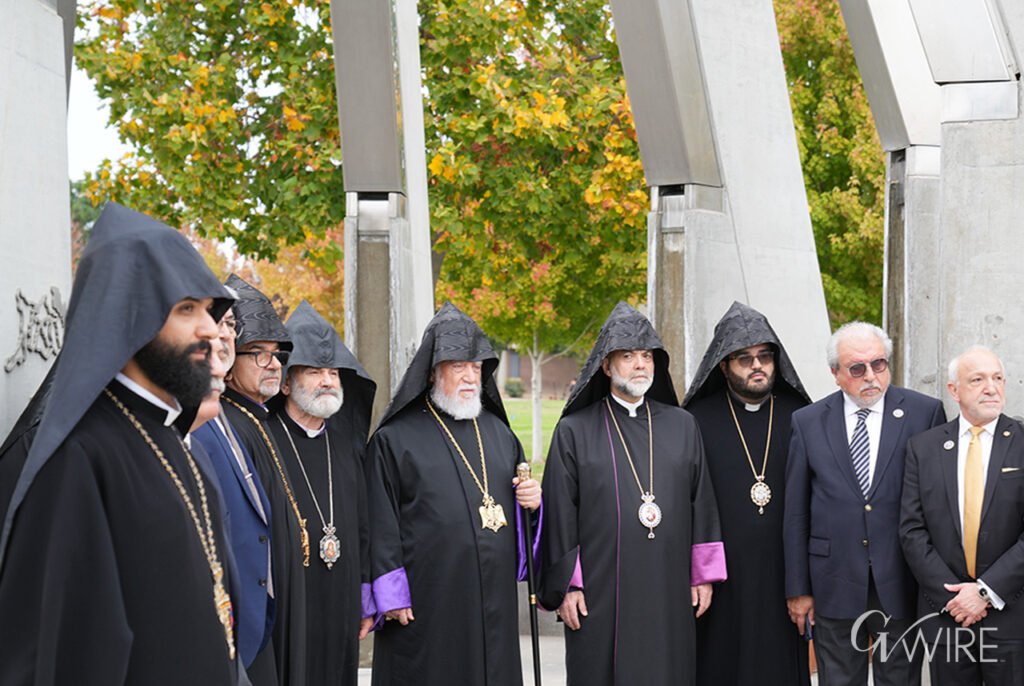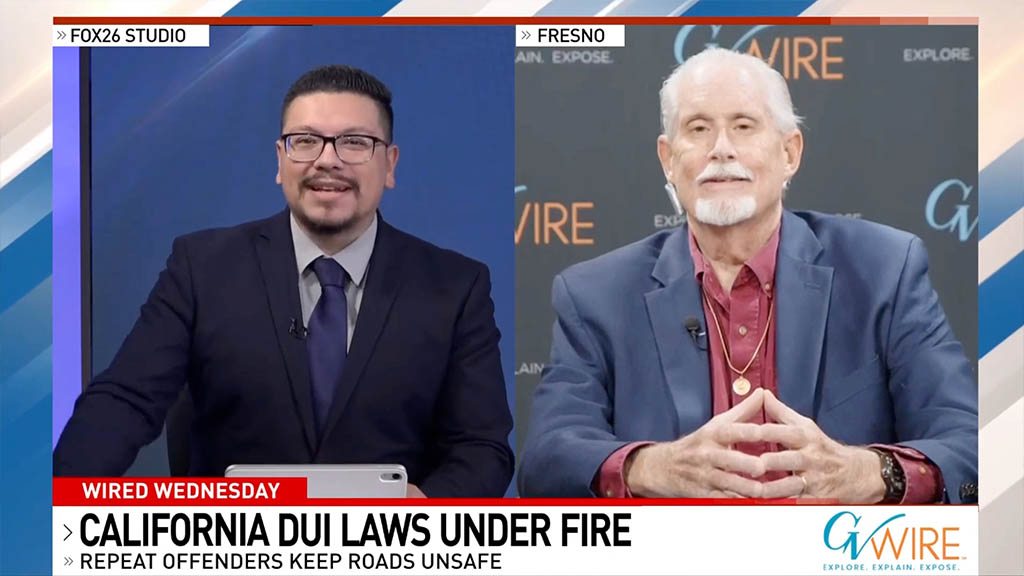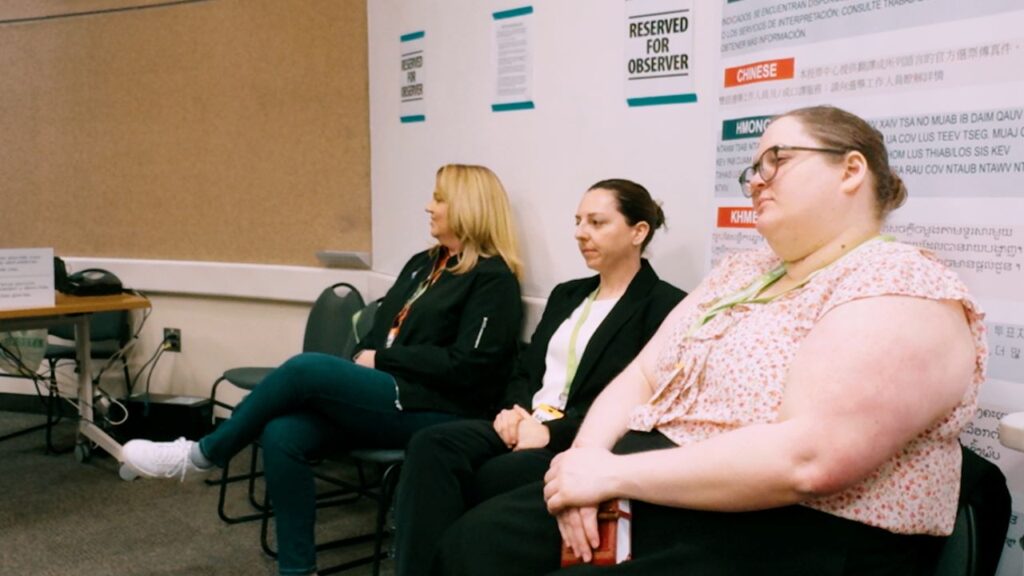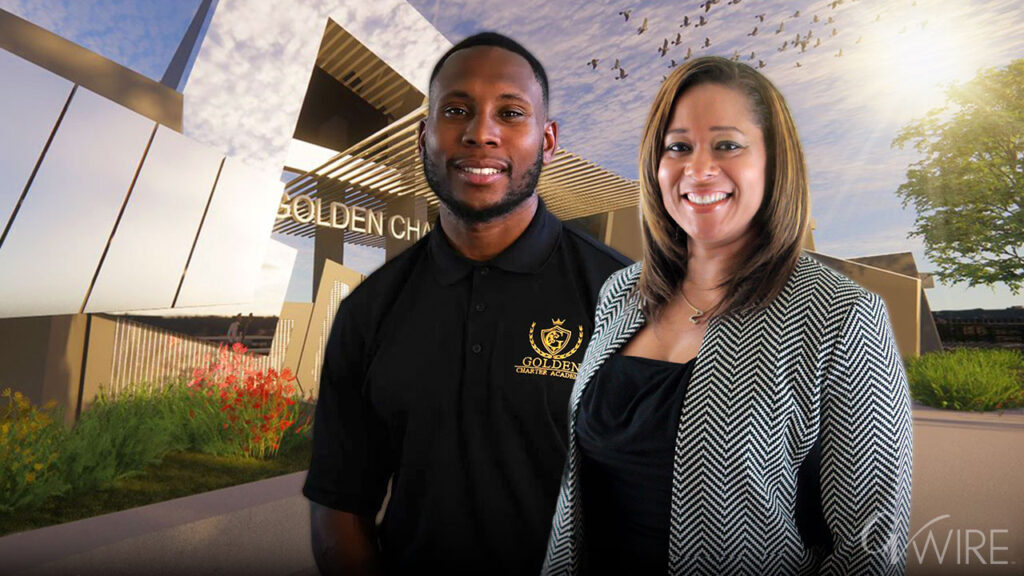Share
SACRAMENTO — A pair of advisory committees is making potential life-and-death decisions starting Wednesday over who’s next in line for scarce coronavirus vaccines that aren’t expected to be universally available to California’s nearly 40 million residents until sometime deep into next year.
Should teachers be among the chosen few? Farmworkers? Grocery workers? Ride-hailing drivers? How about newspaper reporters?
Each has its constituency lobbying to be included among about 8 million California residents who will be selected for the second round of vaccines early next year.
The discussion comes as the virus surges across California, straining the state’s health care system. State health officials on Wednesday reported 53,711 new coronavirus cases and 293 additional deaths, setting new records. The public meeting is happening as other states are holding closed discussions about vaccine allocation and receiving criticism.
The first batch of vaccinations in California began this week in a rare bit of good news, but those will roll out over the next month or so to about 3 million healthcare workers and vulnerable residents like those in skilled nursing facilities and nursing homes. That is Phase 1a.
The rules for who receives those first vaccines were recommended previously by the same committees that are meeting into the evening Wednesday to decide who will get the inoculations under what’s known as Phase 1b.
A Majority Supported Prioritizing the Societal Impact of the Job
The recommendations come from a 16-member Drafting Guidelines Workgroup made up of health professionals and led by the immediate past president of the National Medical Association and the head of the California Department of Public Health’s Immunizations Branch.
They’ll be vetted by a 60-member Community Vaccine Advisory Committee led by California Surgeon General Dr. Nadine Burke Harris. That committee includes representatives from numerous organizations and associations representing retirees, business and labor, racial and sexual minorities, people with disabilities, school administrators and teachers, nursing homes, medical providers, religious groups and legal advocates.
Their job is to make recommendations “based upon…the values that we’ve set forth of inclusion and equity,” Gov. Gavin Newsom said Tuesday.
He listed teachers, farmworkers and grocery workers among those deserving of consideration for a slice of the limited pie.
The committee itself earlier listed for consideration broad categories including emergency services providers, those working in the fields of energy, water and wastewater, transportation, communication, technology, government operations, critical manufacturing, financial services, and defense.
Agriculture, educators, first responders, critical infrastructure workers and various health providers together tally nearly 10.8 million Californians, the committee said.
In picking which groups go first, a majority supported prioritizing the societal impact of the job; equity — making sure low-income workers and those working in vulnerable communities are included; the jobs’ impact on the economy; and the risk of each occupations’ exposure to the coronavirus, including workers’ risk of death and risk of spreading the virus in the community.
RELATED TOPICS:
Categories
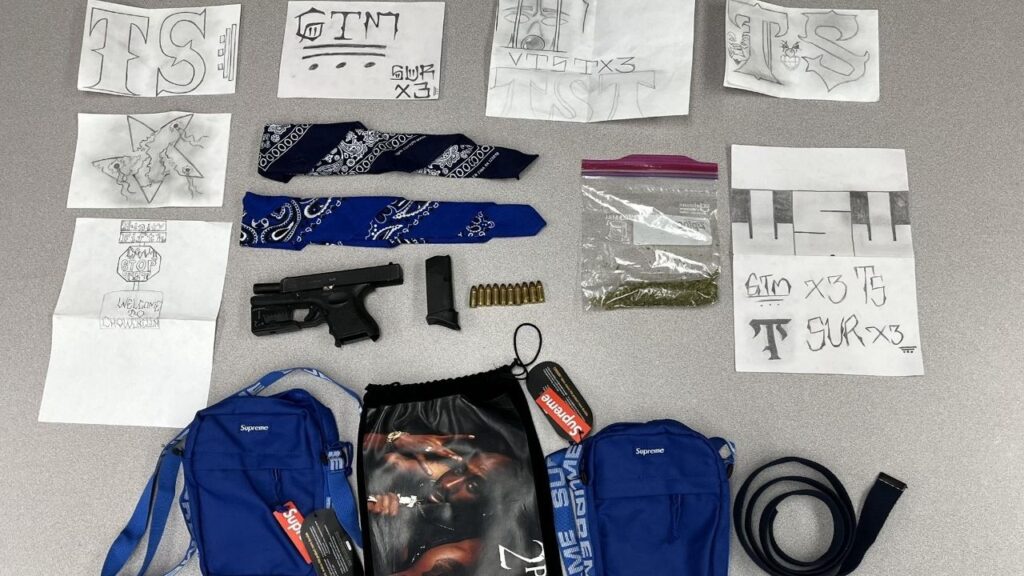
Chowchilla Police Arrest Two in Connection With Shooting
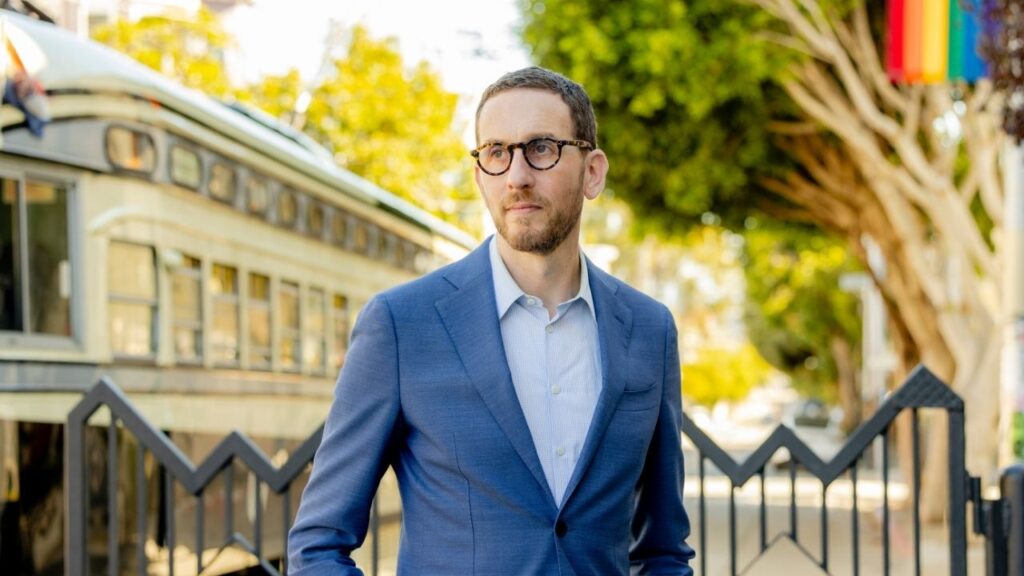
Who Will Replace Pelosi in Congress?
